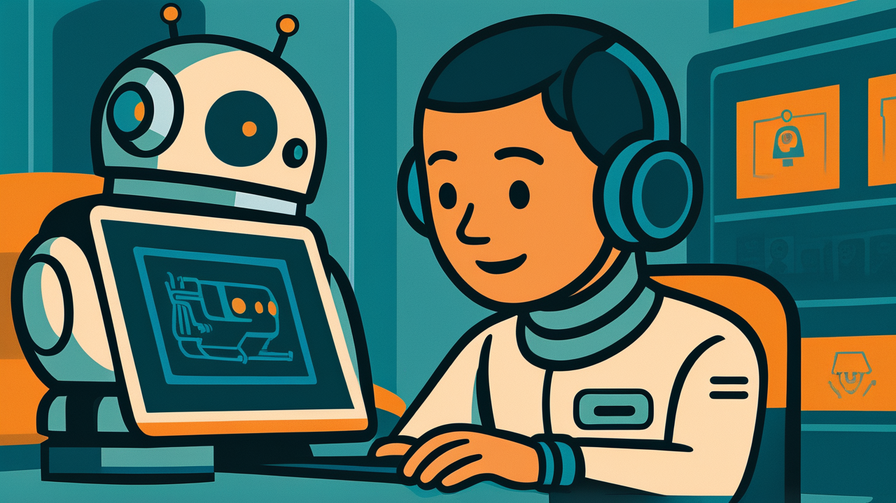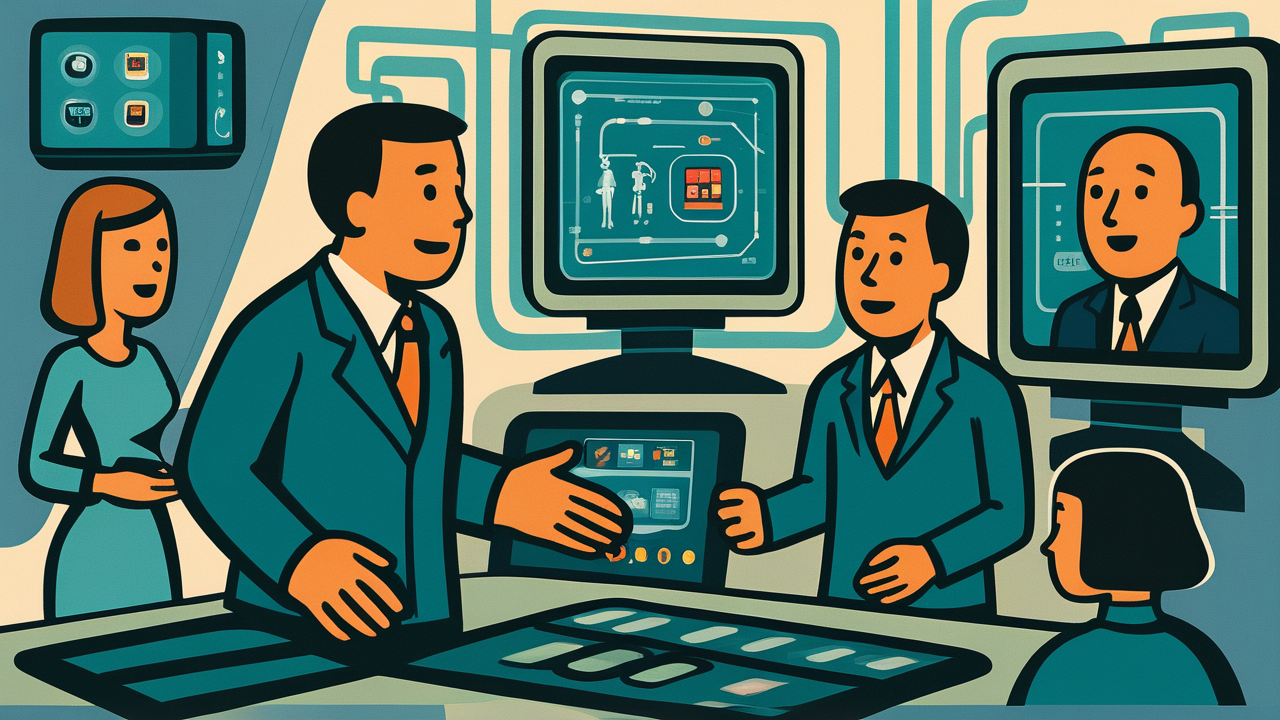[Disclaimer] This article is reconstructed based on information from external sources. Please verify the original source before referring to this content.
News Summary
The following content was published online. A translated summary is presented below. See the source for details.
Google has released a new episode of their AI podcast called “Release Notes” that dives deep into their revolutionary Gemini artificial intelligence model. What makes Gemini special is that it’s a multimodal AI, meaning it can understand and work with different types of information at the same time – not just text, but also images, audio, and video. The podcast explains how Google built Gemini from scratch with this multimodal capability in mind, rather than adding these features later. This approach allows Gemini to understand the world more like humans do, processing multiple types of information simultaneously. The discussion covers how this technology could transform everything from education to healthcare, making AI more useful in real-world situations. The podcast features insights from Google’s AI researchers who explain the technical challenges they overcame and the potential applications of this breakthrough technology.
Source: Google Blog
Our Commentary
Background and Context

Traditional AI systems were designed to handle one type of input at a time – either text, or images, or audio. Think of it like having different apps on your phone for different tasks. Multimodal AI is like having one super-app that can do everything. This concept has been a dream for AI researchers for decades because humans naturally process multiple types of information together. When you watch a movie, you’re simultaneously processing visual images, spoken dialogue, music, and text (like subtitles or credits). Google’s approach with Gemini represents a fundamental shift in how AI systems are designed, moving from specialized tools to more general-purpose intelligence.
Expert Analysis
The significance of Gemini’s multimodal design cannot be overstated. By building these capabilities from the ground up, Google has created a system that can understand context in ways previous AI models couldn’t. For example, if you show Gemini a photo of a math problem on a whiteboard and ask for help, it can see the problem, understand what you’re asking, and explain the solution – all in one seamless interaction. This integrated approach leads to better understanding and more accurate responses because the AI can cross-reference information from different sources. Educational experts predict this could revolutionize how students learn, allowing for more interactive and personalized tutoring experiences.
Additional Data and Fact Reinforcement
Recent studies show that humans process visual information 60,000 times faster than text, and we remember 80% of what we see and do, compared to just 20% of what we read. Multimodal learning has been proven to increase retention rates by up to 400% in educational settings. Google’s Gemini can process millions of tokens of information across different modalities, making it one of the most powerful AI systems ever created. Industry analysts estimate that multimodal AI could become a $50 billion market by 2030, with applications ranging from medical diagnosis (analyzing X-rays while reading patient history) to autonomous vehicles (processing visual, audio, and sensor data simultaneously).
Related News
Other tech giants are also racing to develop multimodal AI capabilities. OpenAI’s GPT-4 added vision capabilities, allowing it to analyze images alongside text. Meta has been working on systems that can understand videos with audio, while Microsoft has integrated multimodal features into their Copilot assistant. The competition is driving rapid innovation in the field, with each company trying to create the most versatile and capable AI system. Apple recently announced their own multimodal AI features for iOS, focusing on on-device processing for privacy. These developments suggest that multimodal AI will soon become standard in consumer technology.
Summary

Google’s Gemini represents a major milestone in artificial intelligence development. By creating an AI that can see, hear, and understand multiple types of information simultaneously, Google has moved us closer to AI systems that interact with the world more like humans do. This breakthrough has enormous potential for education, healthcare, creative industries, and daily life. As these technologies become more widespread, students and young people will have access to AI tutors that can help with homework using visual demonstrations, audio explanations, and interactive learning – making education more engaging and effective than ever before.
Public Reaction
The podcast has generated significant excitement in the tech community, with educators particularly interested in the potential classroom applications. Many teachers have expressed enthusiasm about using multimodal AI to help students with different learning styles. However, some privacy advocates have raised concerns about AI systems that can process so many types of personal data. Students on social media have been sharing ideas about how they’d like to use this technology, from getting help with science experiments to learning musical instruments.
Frequently Asked Questions
What does “multimodal” mean? Multimodal means the AI can work with multiple types of input – text, images, audio, and video – all at the same time, just like humans naturally do.
How is this different from current AI? Most current AI systems specialize in one type of input. Gemini can combine different types of information to better understand and respond to complex questions.
When will students be able to use this? Google is gradually rolling out Gemini features, with some already available and more advanced capabilities coming throughout 2025.


